
Indian fashion has undergone a remarkable transformation in recent decades. Designers like Manish Malhotra and Sabyasachi Mukherjee have played pivotal roles in showcasing India’s rich heritage on the world stage. This blog explores how these designers, along with others, have redefined Indian fashion, bridging traditional craftsmanship with contemporary aesthetics.
A Glimpse into Indian Fashion History
After India’s independence, the country faced a crisis of identity. Years of British colonial rule had damaged traditional crafts, and many artisans lost their livelihoods due to partition-induced violence. However, the resilience of Indian crafts sparked a revival that would soon capture global attention. With rich textiles, intricate designs, and age-old techniques, India began to reclaim its position in the world of fashion.
Early Influencers
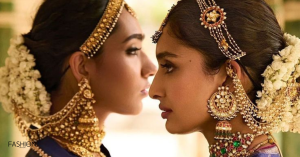
In the early 1950s, the establishment of the Central Cottage Industries Emporium was a significant step toward reviving traditional crafts. Kamaladevi Chattopadhyay, a key figure in this movement, connected artisans with resources and markets. Designers like Mohanjeet Grewal emerged, introducing innovative pieces such as the mini sari. Grewal’s work showcased Indian textiles in Paris, creating a new narrative for Indian craftsmanship.
The Evolution of Indian Fashion Designers
Indian fashion designers have carved a unique niche on the global stage, showcasing a rich tapestry of culture, tradition, and modernity. With their innovative designs, they blend ancient textiles and techniques with contemporary styles, creating a distinctive aesthetic that reflects India’s diverse heritage. From the intricate embroidery of traditional garments to the bold statements of modern wear, these designers are not only redefining fashion but also promoting sustainability and ethical practices. As they continue to inspire both national and international audiences, Indian fashion designers stand as a testament to the vibrant creativity and craftsmanship that India has to offer.
Rediscovery in the 1970s and 1980s
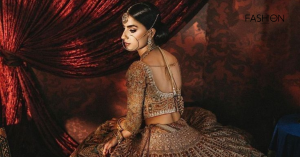
The 1970s and 1980s marked a resurgence of interest in Indian textiles. Designers like Ritu Kumar and Satya Paul recognized the potential of Indian crafts to appeal to a global audience. They merged traditional techniques with modern designs, reviving techniques like block printing and handloom weaving. This era laid the groundwork for a broader acceptance of Indian fashion.
The Impact of Cinema
The 1990s brought significant changes with India’s economic liberalization, leading to increased global exposure for Indian designers. Manish Malhotra became synonymous with Bollywood fashion, creating iconic looks that set trends both in India and abroad. Designers like Tarun Tahiliani and Rohit Bal experimented with styles, showcasing the versatility of Indian textiles.
The Global Stage: A New Generation of Designers
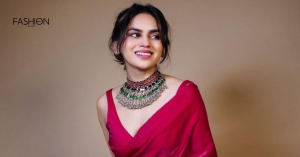
Icons of Indian Fashion
Indian fashion designers have carved a unique niche on the global stage, showcasing a rich tapestry of culture, tradition, and modernity. With their innovative designs, they blend ancient textiles and techniques with contemporary styles, creating a distinctive aesthetic that reflects India’s diverse heritage. The South Asian diaspora has significantly contributed to the global recognition of Indian fashion. Designers such as Rahul Mishra, known for his sustainable practices, have showcased Indian craftsmanship on international runways. Their dedication to handloom weaving has highlighted the beauty of Indian textiles, gaining attention from global fashion magazines. The turn of the millennium saw the rise of designers like Sabyasachi Mukherjee, who revived vintage Indian textiles and created a timeless aesthetic. His romantic designs resonated with a global audience, while Manish Arora captivated fashion enthusiasts with his vibrant colors and playful designs. Anamika Khanna and Gaurav Gupta also emerged, pushing the boundaries of traditional Indian fashion. As these designers emphasize sustainable Indian fashion, they contribute to the global recognition of Indian textiles, celebrating both creativity and responsibility in their works.
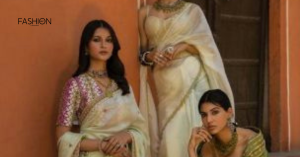
The Role of the South Asian Diaspora
Indian fashion designers have carved a unique niche on the global stage, showcasing a rich tapestry of culture, tradition, and modernity. With their innovative designs, they blend ancient textiles and techniques with contemporary styles, creating a distinctive aesthetic that reflects India’s diverse heritage. The South Asian diaspora has significantly contributed to the global recognition of Indian fashion. Designers such as Rahul Mishra, known for his sustainable practices, have showcased Indian craftsmanship on international runways. Their dedication to handloom weaving has highlighted the beauty of Indian textiles, gaining attention from global fashion magazines. As these designers emphasize sustainable Indian fashion, they are not only redefining trends but also promoting eco-friendly practices that celebrate both creativity and responsibility.
The Current Landscape of Indian Fashion
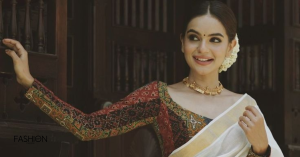
Celebrating Sustainability
Today, Indian fashion is not only celebrated for its beauty but also for its sustainability. Handloom fabrics, once overlooked, are now prized for their unique textures and eco-friendliness. The sari’s elegant drape has inspired new designs, while traditional jewelry has become a staple in modern wardrobes.
Growth Prospects
According to the India Brand Equity Foundation (IBEF), the Indian fashion industry is poised for significant growth, projected to reach a market value of around ₹45.3 lakh crore by 2032. Designers are embracing this growth while staying true to their roots, blending centuries-old practices with modern trends.
FAQs
- What are some key influences in Indian fashion?
- Key influences in Indian fashion include traditional textiles, historical techniques, and contemporary design sensibilities. Designers draw inspiration from Indian culture, art, and history to create unique pieces.
- Who are some of the leading designers in Indian fashion today?
- Leading designers in Indian fashion today include Manish Malhotra, Sabyasachi Mukherjee, Tarun Tahiliani, and Anita Dongre, among others. Each has made significant contributions to both traditional and modern Indian fashion.
- How has Indian fashion been received globally?
- Indian fashion has gained immense popularity worldwide, celebrated for its rich textiles, intricate designs, and sustainability. Designers have successfully bridged the gap between traditional craftsmanship and contemporary aesthetics.
The resurgence of Indian fashion on the global stage is a testament to the creativity and resilience of its designers. With a rich heritage, innovative designs, and a commitment to sustainability, Indian fashion continues to inspire and captivate audiences worldwide. As the industry grows, it remains rooted in the cultural narratives that define its unique identity.
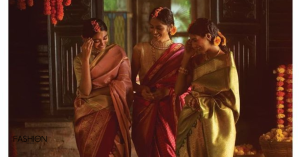

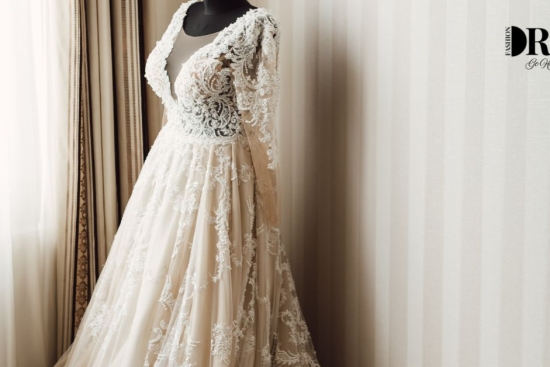
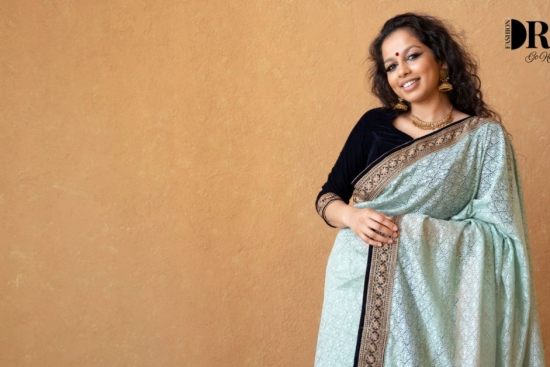



Comments (25)
Brianvoksays:
29/01/2025 at 14:09farmaci senza ricetta elenco: farmaci senza ricetta elenco – comprare farmaci online all’estero
farmacia online senza ricetta
Edwarddipsays:
31/01/2025 at 08:29comprare farmaci online all’estero: Cialis senza ricetta – acquisto farmaci con ricetta
Williamamushsays:
31/01/2025 at 13:03Live music events often accompany gaming nights. https://taya777.icu/# Some casinos feature themed gaming areas.
Patricksnubysays:
31/01/2025 at 13:21The casino scene is constantly evolving.: phmacao com login – phmacao.life
Lannypersays:
31/01/2025 at 14:12The casino experience is memorable and unique.: phtaya.tech – phtaya
DavidAbonssays:
31/01/2025 at 15:31https://phmacao.life/# The Philippines has several world-class integrated resorts.
Gambling can be a social activity here.
Williamamushsays:
31/01/2025 at 18:03Live music events often accompany gaming nights. https://winchile.pro/# La competencia entre casinos beneficia a los jugadores.
Patricksnubysays:
31/01/2025 at 18:22A variety of gaming options cater to everyone.: taya777.icu – taya777 app
JosephLibsays:
31/01/2025 at 19:07phtaya [url=https://phtaya.tech/#]phtaya.tech[/url] Entertainment shows are common in casinos.
Lannypersays:
31/01/2025 at 19:08The casino scene is constantly evolving.: phmacao com – phmacao casino
DavidAbonssays:
31/01/2025 at 19:34https://taya777.icu/# Players must be at least 21 years old.
Players can enjoy high-stakes betting options.
Williamamushsays:
31/01/2025 at 22:59Casino visits are a popular tourist attraction. https://taya365.art/# Players must be at least 21 years old.
Patricksnubysays:
31/01/2025 at 23:17Loyalty programs reward regular customers generously.: phmacao club – phmacao com
DavidAbonssays:
31/01/2025 at 23:26http://taya777.icu/# The casino experience is memorable and unique.
High rollers receive exclusive treatment and bonuses.
Lannypersays:
01/02/2025 at 00:00Some casinos have luxurious spa facilities.: phmacao casino – phmacao.life
DavidAbonssays:
01/02/2025 at 03:14https://taya777.icu/# The casino scene is constantly evolving.
Loyalty programs reward regular customers generously.
JosephLibsays:
01/02/2025 at 03:28jugabet [url=https://jugabet.xyz/#]jugabet.xyz[/url] La diversiГіn nunca se detiene en los casinos.
Williamamushsays:
01/02/2025 at 03:47The casino scene is constantly evolving. http://jugabet.xyz/# Muchos casinos tienen salas de bingo.
Patricksnubysays:
01/02/2025 at 04:04Las ganancias son una gran motivaciГіn.: jugabet.xyz – jugabet chile
Lannypersays:
01/02/2025 at 04:41Live dealer games enhance the casino experience.: taya365 com login – taya365
DavidAbonssays:
01/02/2025 at 06:47https://taya777.icu/# Slot tournaments create friendly competitions among players.
Resorts provide both gaming and relaxation options.
Williamamushsays:
01/02/2025 at 08:25Security measures ensure a safe environment. http://taya777.icu/# Security measures ensure a safe environment.
Patricksnubysays:
01/02/2025 at 08:41Players can enjoy high-stakes betting options.: phtaya login – phtaya casino
Lannypersays:
01/02/2025 at 09:16Hay casinos en Santiago y ViГ±a del Mar.: jugabet.xyz – jugabet chile
DavidAbonssays:
01/02/2025 at 10:13https://jugabet.xyz/# Las estrategias son clave en los juegos.
Loyalty programs reward regular customers generously.